Members directory

Dr
VIJAY
KUMAR
Being a senior level scientific professional specialized for vector control, I worked upon the different aspect of Entomological work and successfully leading the Department of Vector Biology & Control for more than 30 years with following achievements in my research career. I worked on different aspect of Entomological work and successfully leading the Department of Vector Biology & Control for more than 30 years with following achievements in my research career.
I have been deputed as a district coordinator for National Kala-azar elimination programme an initiative put forwarded by GOI. Taking experience from Kala-azar control at Vaishali district (with cases less than 1/10000 per population in year 2016), at present I am actively engaged in developing Zero-Tolerance Kala-azar zone by implementing improved strategies of vector control at 2 more districts(s) viz., Saran and Muzaffarpur of Bihar (assignment put forwarded by GOI). I had developed IRS action plan for Vaishali district and supervised IRS, active case detection in all 16 PHCs of Vaishali district. Monitored and replaced spray of DDT with alphacypermethrine based on my finding of development of resistance in P. argentipes against DDT. Introduction of Hand Compression Pump (HCP) in place of conventional strirrup pump with signifactory result. Shown significant result with implementation of impregnated fiber (Durable Wall Linings), Impregnation of nets, environmental management for vector control. Implemented WHO/TDR project for the Integrated Vector Control management and five TDR/APW for the improvement of IRS for the Kala-azar control.Along with the above mentioned success, at present I am engaged with important project(s) like research on effect of current insecticide viz., Alphacypermethrine on Kala-azar vector to get it registration to CIB Delhi, Optimising the implementation of synthetic pyrethroid insecticide in IRS for VL elimination, development of insecticide quantification kits for IRS evaluation, rotation of insecticide for resistance management etc.
FOREIGN FUNDING AGENCIES AS PROJECT COLLABORATORS
Associated as a member of central observer team for monitoring of IRS program of National Vector Borne Disease Control Program (Government of India) for Kala-azar Elimination Target Program from the endemic districts of India. Involved in Kala-Azar elimination programme with State Health Society, Bihar. Investigator in KALANET Project, European Commission. Investigator in DBT Project. Co-PI in Union Bank of Switzerland (UBS), Switzerland funded project Co-PI in WHO /TDR APW project-Phase 1-V. Co-PI in World Bank, Washington DC Co-PI in Wellcome Trust, UK, funded project Co-PI in Bill & Melinda Gates Foundation (BMGF), Seattle, Washington, United States, funded project Medical Entomology Unit at ISCII, Madrid, Spain. Liverpool School of Tropical Medicine, United Kingdom University of York, UK. WELLCOME TRUST. UK Government Department for International Development (DfID, Kalacore consortium) through Mott MacDonald Co-PI in London School of Hygiene and Tropical Medicine, UK.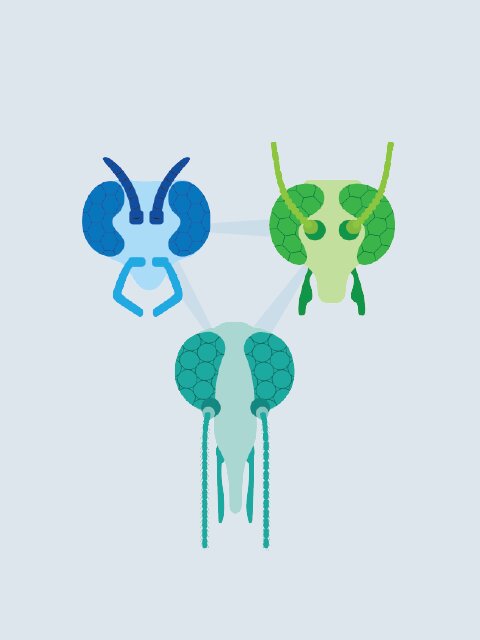
Mr
Lucas
Kunene
I am interested in disease causing vectors especially those causing Neglected Tropical Diseases (NTDs) such as Zika, While Nile Virus, Yellow fever, Nyakungzuwa, Dengue (all caused by Mosquito) and the Tsetse Fly causing sleeping sickness and other diseases.

Dr
Godwin
Kwakye-Nuako
Leishmania-midges and Leishmania-sandly interactions
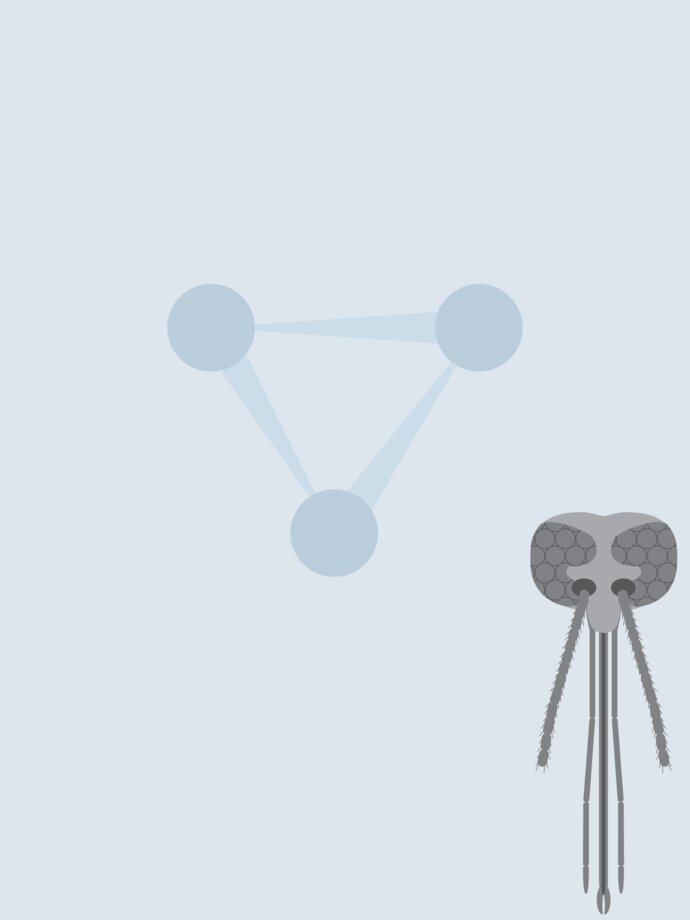
Mr
Pilate
Kwi
mosquito diversity, virus transmitted by mosquitoes and insecticide resistance
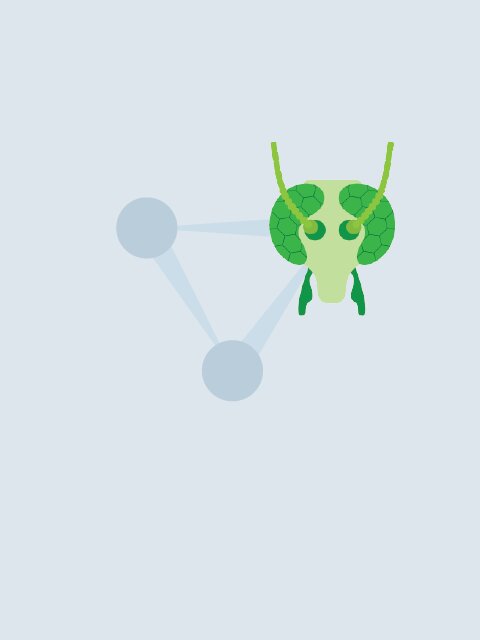
Dr
Karien
Labuschagne
Taxonomy, identification and distribution of Culicoides biting midges. African horse sickness epidemiology

Mr
Harrison
Lambert
Mosquito ecology, Vector ecology/biology, vector control, malaria, Vector borne disease, Agriculture and health

Dr
DJAMOUKO DJONKAM
Landre
Malaria vector ecology and vector control.

Mrs
Zoe
Langlands

Miss
Victoria
Laporte
Parasitology (Leishmania) and zoology of invertebrates

Dr
Renato
León
I am a medical entomologist that live in Ecuador, South América. I am a faculty member at Universidad San Francisco de Quito USFQ since 2002 and Director of the Medical Entomology and Tropical Medicine Laboratory LEMMT. I am interested on research on sand flies, biting midges of the genus Culicoides and mosquitoes and on diseases such as leishmaniasis, malaria and arboviruses with emphasis on dengue chikungunya, zika and new emerging or re emerging pathogens .
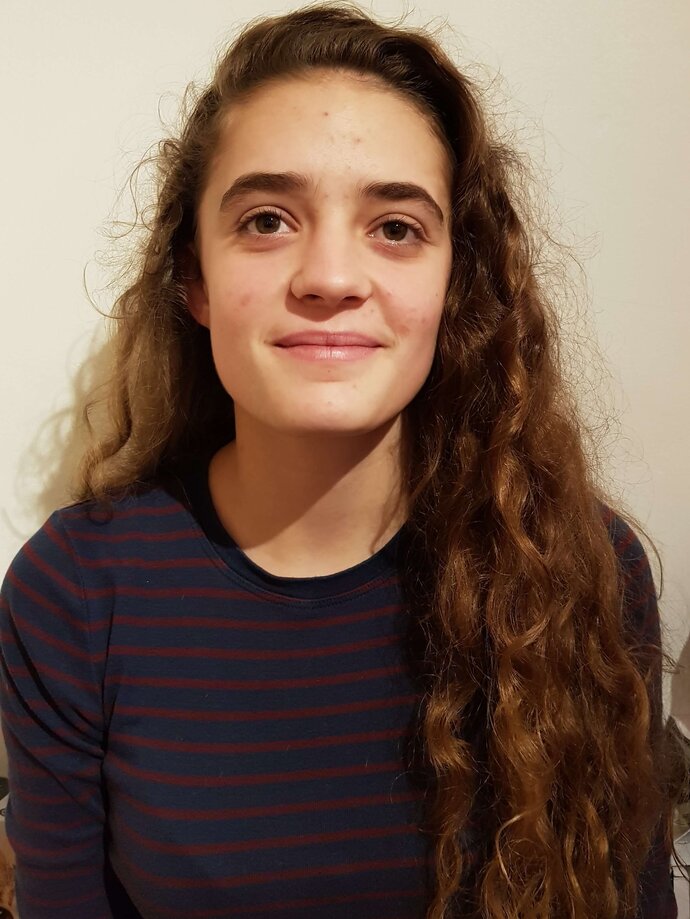
Miss
Paige
Lewington
Vector biology, animal and zoonotic diseases

Professor
James
Logan

Miss
Yaimie
Lopez
I'm interested in understanding the transmission dynamics of tropical vector borne diseases, mainly the ecological aspects. Currently, I'm a Wellcome Trust Fellow at the Liverpool School of Tropical Medicine and Universidad del Valle de Guatemala. My fellowship focuses on establishing the baseline of the transmission cycle of cutaneous leishmaniasis in an endemic area in Guatemala. We'll be looking at the diversity of Leishmania parasites circulating in human patients, natural infection in sandflies and blood sources of the sandflies.

Mr
David
López Peña
Simuliidae systematics, taxonomy, identification, biology, ecology, epidemiology and control.

Erica
Lovett
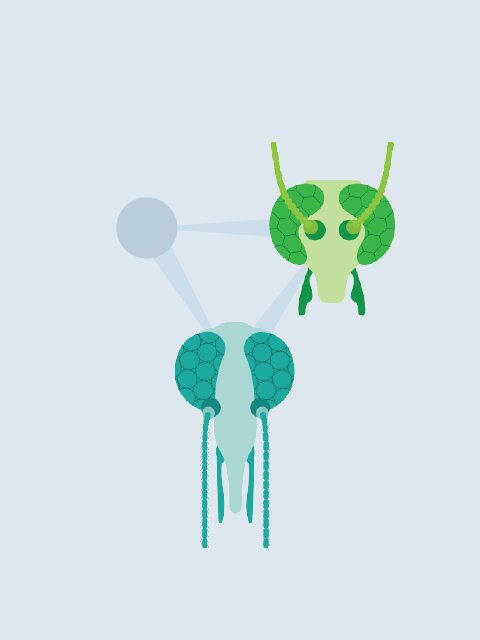
Professor
Javier
Lucientes
Vector Surveillance. Ecology . Control
Epidemiology Vector Borne Diseases
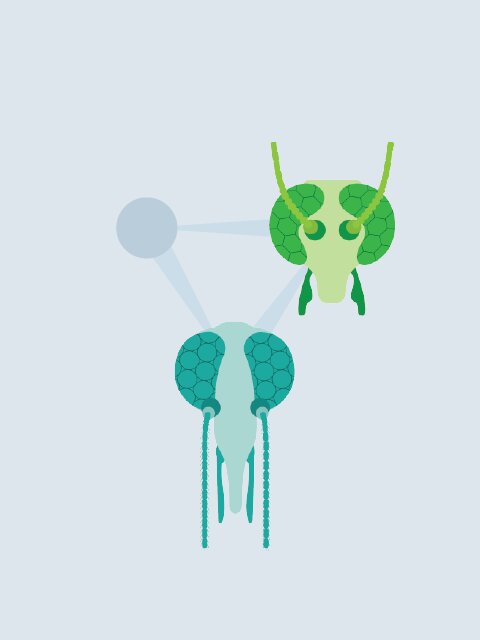
Dr
Renke
Lühken
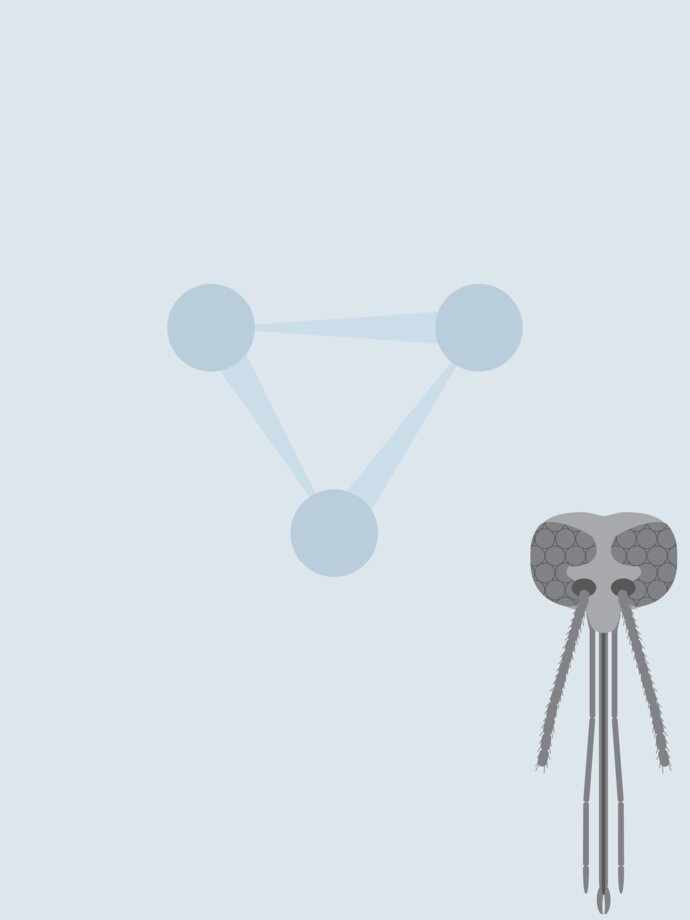
Dr
Sarah
Lumley

Dr
Timothy
Lysyk
Population dynamics, modelling, species distribution, ecology

Dr
Shuddhasattwa
Maitra Mazumdar
Vector ecology, host seeking behavior, Culicoides

Dr
Benjamin
Makepeace
I have been working on onchocerciasis for 18 years, focusing on the Onchocerca ochengi bovine system as an analogue of the human disease. My research spans vaccine, drug and diagnostics development for onchocerciasis using this bovine system, as well as basic questions about the evolution of filarial nematodes, their association with Wolbachia symbionts, and their capacity for immune evasion.

Dr
Maria Isabel
Maldonado Coelho Guedes
Animal Virology, with emphasis in Orbivirus, Orthopoxvirus, Herpesvirus, studying aspects about pathogenesis, molecular characterization, diagnosis and vaccines.
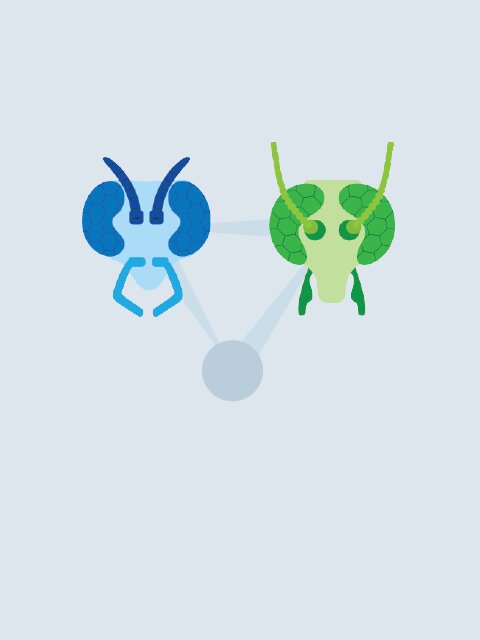
Professor
Juan Sebastian
Mantilla
I am interested in the ecology of blackflies (adults and immature stages) and their role as vectors of different parasites for human and birds.

Dr
Antonio
Marques
My objective is to interact with sand fly reserachers in the world. Actually, my work is to identify possible sand fly vectors in the Rondonia state, Amazonia, Brazil

Miss
Emily
Martin
Investigating the mechanisms of resistance to neonicotinoid insectciides in mosquito species. This involves in silico work looking at variant gene expression using Ag1000G project data, in vitro work looking at gene expression levels and in vivo work to assess phenotypic susceptibility to insecticides.

Dr
Ines
Martin-Martin
Role of Sand fly and Mosquito saliva in pathogen infection and transmission

Dr
Daniel
Martín-Vega
Diptera of medical and veterinary importance; insect anatomy and development; visualisation of Diptera metamorphosis; visualisation of host/parasite interfaces.
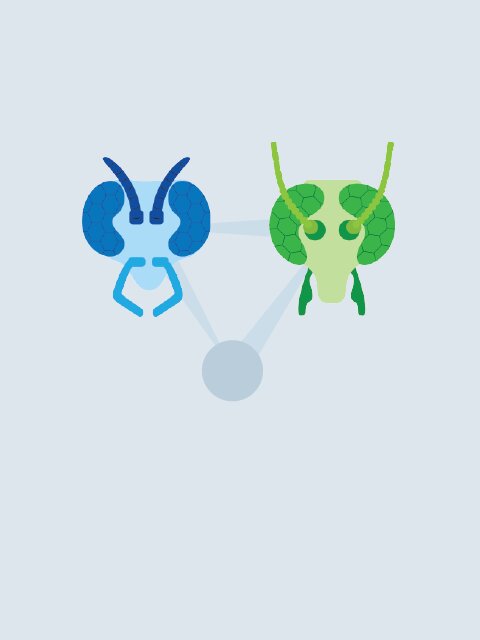
Dr
Josue
Martinez de la Puente
ecology

Dr
Angeliki
Martinou
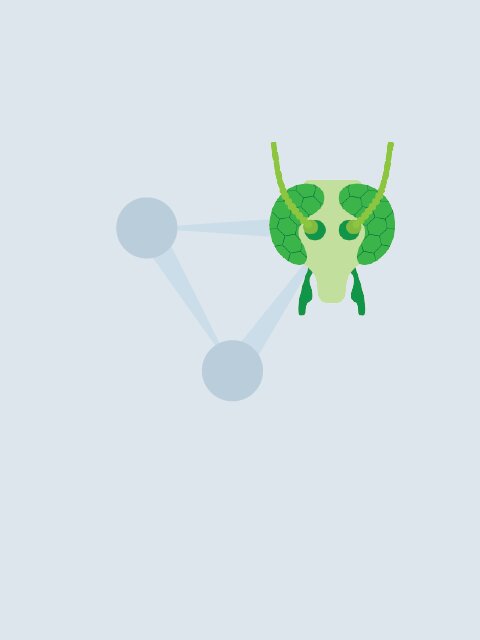
Dr
Bruno
MATHIEU
Culicoides, Integrative taxonomy, Barcoding, Phylogeny, Morphology, Development of molecular tools, Interactive identification keys, Vector ecology

Dr
Damaris
Matoke-Muhia
A molecular biology research scientist with interest is on utilising genomics in the control vector borne diseases mainly malaria and leishmaniasis

Dr
Santosh
Mazumdar
Taxonomy and biology of mosquitoes.

Professor
Abhijit
Mazumdar
Biology of Culicoides spp & predatory midges
Vector ecology & host vector interaction of Culicoides spp.
Morphological and molecular characterization of Culicoides spp

Dr
David
Mburu
Vector Biology
Vector_Parasites interactions

Dr
Emily
McDermott
Vectors of livestock pathogens, zoonoses, virus-vector interactions, vector surveillance, vector control

Bethany
McGregor
My research interests are focused on vector ecology and the role of ecology in understanding the epidemiology and epizootiology of pathogens. My research also spans laboratory based infection and vector competency studies.
CAREER UPDATE: I graduated last May with my PhD in entomology from the University of Florida. I did a postdoc at the CDC where I studied an invasive population of Aedes aegypti and also completed laboratory studies with West Nile virus and Oropouche virus. I have since started a full time research entomologist position with the USDA Agricultural Research Service at the Arthropod borne Animal Diseases Research Unit in Manhattan, KS. I continue to study Culicoides ecology in this capacity, with specific areas of interest including host associations, sugar feeding ecology, spatial ecology, and larval ecology. I am also interested in the ecology of Culicoides-borne diseases including epizootic hemorrhagic disease virus, bluetongue virus, and vesicular stomatitis virus. Through the vast breadth of ecological research we pursue, we hope to leverage our results to better understand not just the true breadth of vector species in North America but also management and control strategies that target specific ecological characteristics of vector midges.

Mr
James
McGregor
Culicoides, Vector species, sugar sources

Shannon
McIntyre
I am currently working as a Research Assistant on the Bill and Melinda Gates funded consortium 'Setting the Post-Elimination Agenda for Kala-azar in India' (SPEAK India), and completing my PhD on xenomonitoring of visceral leishmaniasis.
My primary areas of interest are xenomonitoring, leishmaniasis transmission dynamics, the impacts of climate change on vector borne diseases, and vector control.
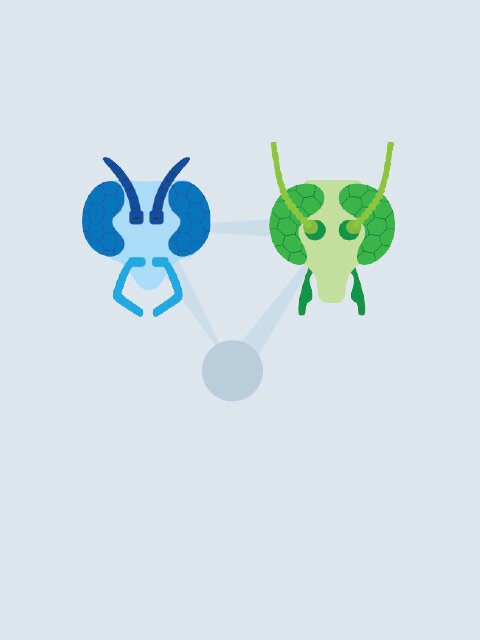
Professor
Philip
Mellor
Retired - more or less

Miss
Ana Sofia
Méndez Arévalo
Venomics and Transcriptomics related to Neglected Tropical Diseases
Immunology
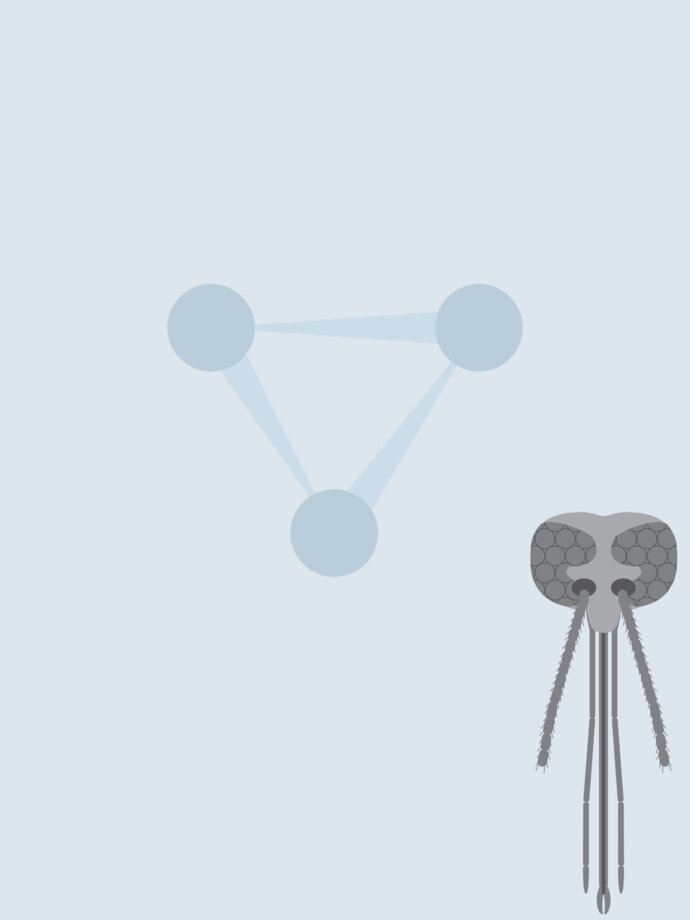
Mr
Soeren
Metelmann
Primarily mathematical modelling of vector and infection dynamics.
I am also interested in (laboratory based) behavioural studies with mosquitoes.

Dr
Mohammad Asaduzzaman
Miah
The research works, recently I have been carried on disease vector insects (mosquitos, planthoppers) particularly focused on their physiology and molecular biology studies to explore their control mechanism. Accordingly, I am looking for opportunities to relate my previous knowledge, skills and experiences to do further research on vector insect-pests’ like vector midges, flies and their management aiming to eliminate vector borne disease.

Dr
Mary Katherine
Mills
I work with Culicoides and vector mosquito species in the South Carolina area. My lab identifies vectors and pathogens from field collections. We also utilize RNAi to determine the molecular mechanisms behind blood-feeding and pathogen transmission in Culicoides sonorensis.

Dr
Miguel Angel
Miranda
Bioecology, control and taxonomy of Culicoides spp. and Phlebotominae

Mr
Rodrigo
Miranda
As an early career researcher and PHD student, in order to develop and solidify my knowledge in entomology, taxonomic and molecular techniques, i look forward to participate the gnatwork.

Dr
Mayank
Modi

Dr
Sushil Kumar
Mohapatra
Molecular diagnostics, vector borne diseases in animal and its control, Stem cell biology, Cloning
Alternative email: drsushilmohapatra@gmail.com

Mr
Tim
Möhlmann

Miss
Most. Momotaj
Mohol
Kala-azar or Visceral Leishmaniasis (VL) is a parasitic disease which has been recorded in South-East Asia during early 1800’s. It seems to have blowout along the Ganges and the Brahmaputra rivers, the major transport routs of Bengal and Bangladesh. In this area, Kala-azar was first described in 1824 in the Jessore district where about 75,000 people died. An intensive control program aimed at the eradication of malaria was mounted in the late 1950s and early 1960s throughout the South Asian sub-continent with the main effort based on indoor residual spraying (IRS) of DDT. Kala-azar is mainly caused by Leishmania donovani, L. infantum, or L. chagasi, but occasionally these species may cause other forms of disease. The cutaneous form of the disease is caused by more than 15 species of Leishmania. Leishmaniasis is mainly transferred by the bite of infected female phlebotomine sandflies which can transmit the protozoa Leishmania. This sandflies act as the vector.
VL is now endemic in many Bangladeshi areas, with the Mymensingh district representing over 50% of the cases. There is substantial underreporting. In 2007, the estimated number of active cases was 136,500. However, less than 5,000 cases were reported that same year. The estimated incidence of VL, according to recent studies, is 15.6/1,000 person-years in Fulbaria and 27/10,000 population in Godagari and Rajshahi.
A survey, conducted in 2006-2007, showed that when seeking care outside the community, 52% of patients made use of the public sector, 13% used poorly trained private practitioners and 28% used local chemists in order to obtain treatment. The awareness of VL is very low. Generally, in communities, VL is seen as ‘any fever that cannot be cured by the local drug sellers’.
As sandflies play a significant role in spreading the dangerous VL disease in different parts of Bangladesh, so this alarming rate of occurring VL in Bangladesh lead me to fix the mind setup to work with sand flies.
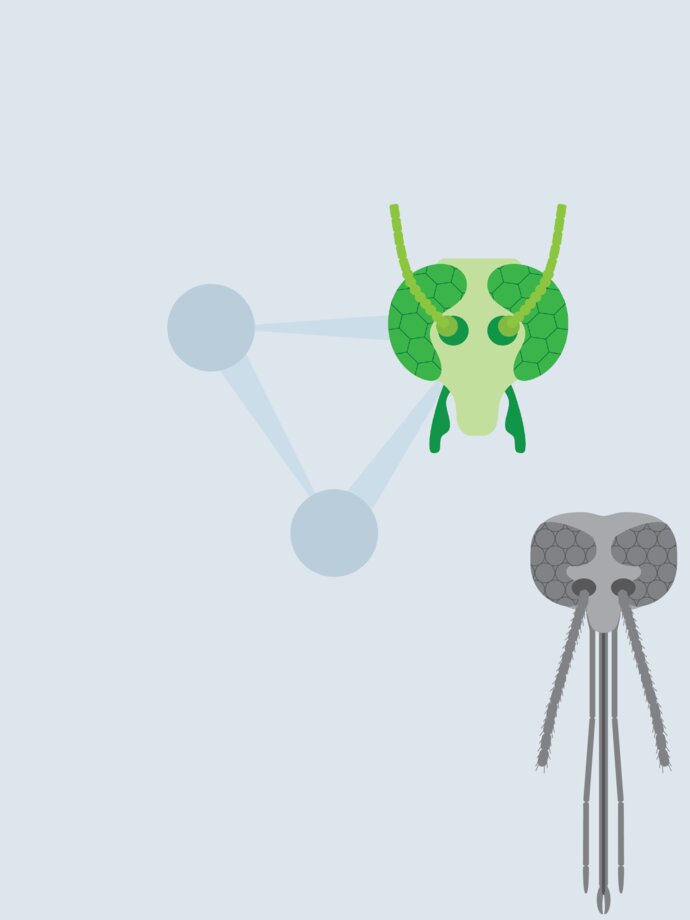
Miss
Carolina
Molina
I am interested on the ecology of vectors such as mosquitos and biting midges specially because these are main vectors of tropical diseases that affect countries like Ecuador, where I am from. I made my undergraduate project about abundance of Aedes aegypti in Galapagos Islands on 2017-2018. Currently, I am studying a MsC. program on Microbiology and I started working on the detecting of vectors of Oropuche virus in Ecuador analyzing Culex spp. and Culicoides by qPCR.

Dr
Ricardo
Molina
Vectorial competence of sand flies for leishmaniasis and arboviruses

Dr
Hameem
Mollick
Bitting midges, Blackflies, Sandflies.

Mr
Biswajit
Mondal
Ecological parameters and biology of Culicoides.

Dr
Dinesh
Mondal
Visceral Leismaniasis

Dr
Carolina
Monteiro
I just started a job as a sand fly collection techinician so I started do study sand flies txonomy. My carear was developed studying sand flies interaction with leishmania and bacteria, but now I need to improve my epidomiology and taxonomy skills on this insect.
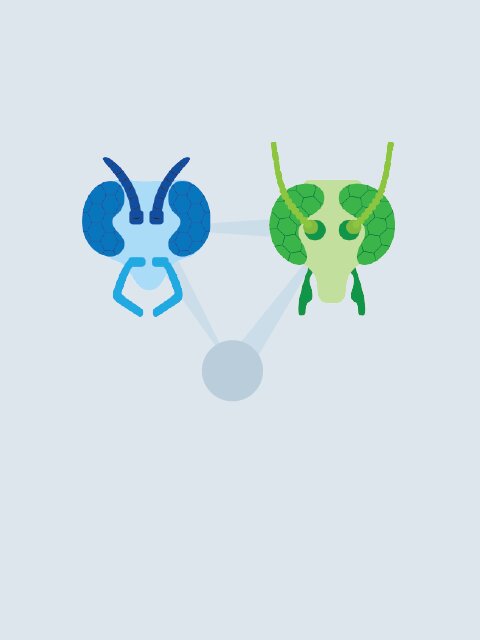
Dr
Ramiro
Morales-Hojas
Molecular evolution, genomics, population genetics, phylogeography, landscape genetics and phylogenetics.

Sofía Lorián
Moya
Phlebotomine Taxonomy; Barcoding, Epidemiology; Molecular Biology and natural infection; Blood meal.

Miss
Emon
Mukhopadhyay
Taxonomy, diversity and distribution of biting midges,study the influence of altitude, temperature and precipitation on the vector and invasive insects of this group with the help of species distribution modelling in India.

Dr
Farah Isse
Mumin
Vector transmitted parasitic diseases, Veterinary Vaccine Production, Rational Use of Veterinary Drugs. currently investigating major tabanids transmitting Camel trypanosomiasis in Mudug Region, Somalia.

md.mosaddekur rahman
munna
Insect pest management . Through this management system, will develop and implement environmentally sound, sustainable practices to lessen the impact of insect pests. This research area concentrates on pests of field crops, livestock, horticultural crops, urban environments as well as forests.

Dr
Archie
Murchie
Insect surveillance and monitoring
Integrated pest management

Dr
Steve
Murphree
morphological and ecological studies of biting midge larvae, particularly Culicoides species

Mr
Abdurahman Mohamed
Muse
Animal health, vector-borne diseases and parasitic vaccine production

Dr
Brindha Narayanan
Narayanan
Culicoides as vector for bluetongue, bluetongue epidemiology, vaccinology and diagnosis

Dr
Dana
Nayduch
Transcriptome, genome and microbiome projects in biting midges and other diptera. Vector-microbe interactions, vector competence, larval microbial ecology.
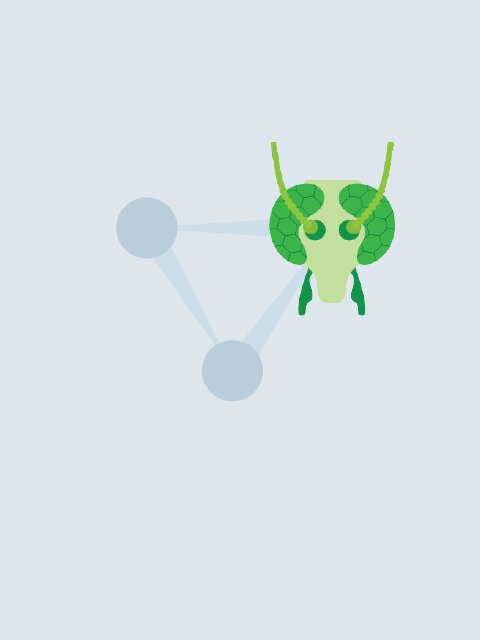
Dr
AKMA
NGAH HAMID

Mr
Akwelle
Ngwese Roland
Development and evaluation of novel and highly sensitive and specific point of care diagnostics/vaccine for neglected tropical diseases such as human onchocerciasis.

Dr
El Hadji Amadou
Niang
My interests encompass various aspects related to insect vector ecology, population genetics and genomics, evolution and applied consequences of insecticide resistance and the control of mosquito vectors of human disease, especially for malaria.
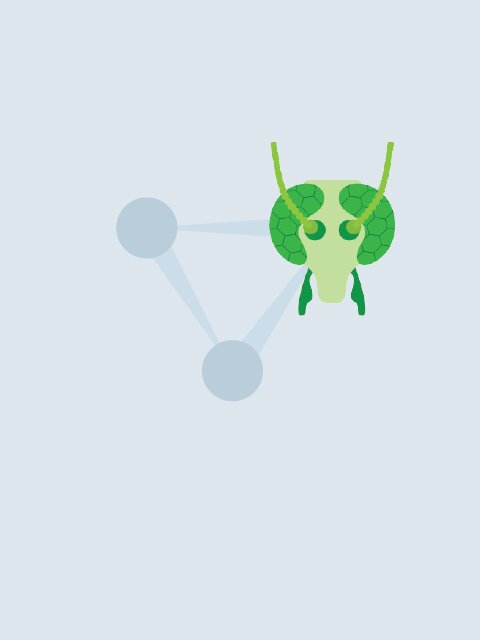
Dr
Adrian
Nicholas
Biting midge ecology, trapping and surveillance

Mr
Ali
Noob
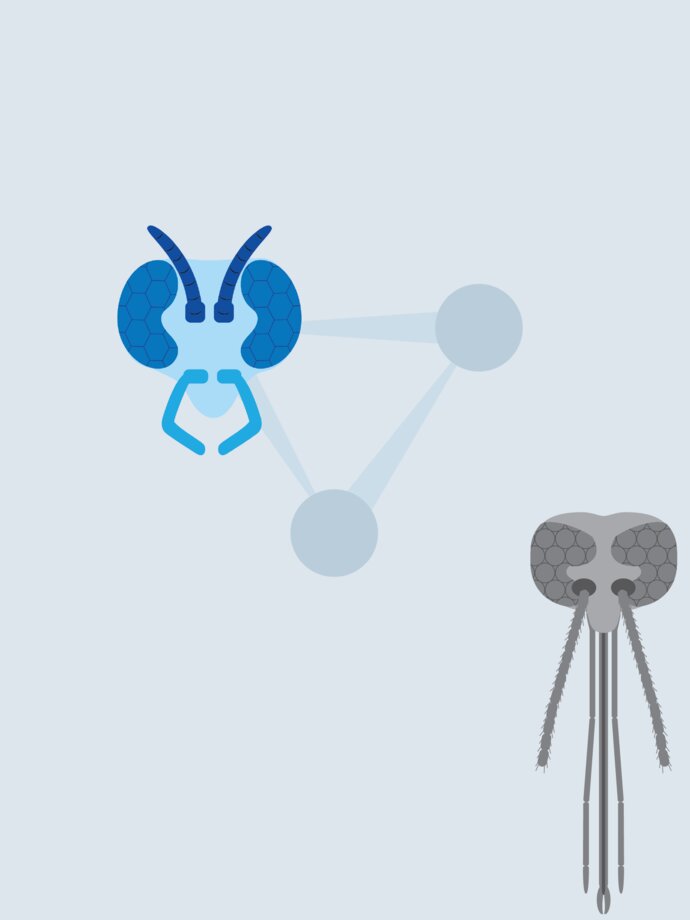
Dr
Chinonyelum Linda
Oforka
Vector biology, ecology, surveillance and control.
Vector population dynamics, molecular characterisations, and parasite transmission potentials.

Dr
Philip
Oke
Parasitic insects in Nigeria with interest in biting midges and sand flies

Mr
Olusola
Olaleye
Control of vectors that transmits diseases using natural products

Dr
Evelyn
Olanga
My research interests include vector control, vector biology, infectious diseases, neglected diseases and basic biology
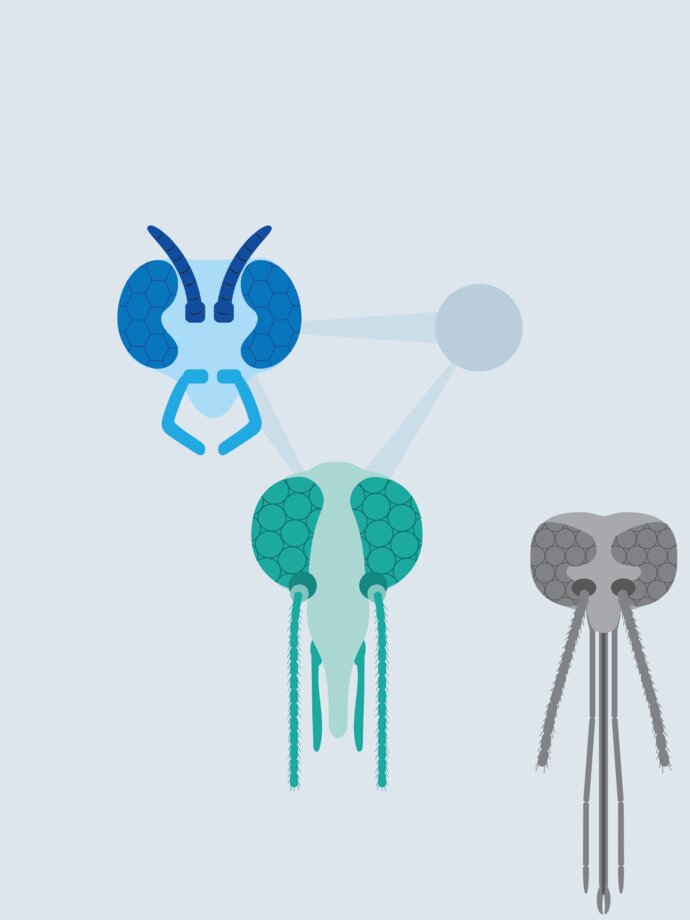
Mr
Akinseye
Olanrewaju
The mechanism of action of the anti-trypanocidal drugs such as pentamidine, fexinidazole and acoziborole (to mention but a few) and even some natural herbs which are being administered to cases of African trypanosomiasis revealed that they are usually directed to assault and kill the trypanosomes in the body. The red blood cell (RBC) membrane which form the first site of infection are usually unprepared for the first attack and hence the RBCs suffer massive destruction as seen in various anaemic shape the cells assumed after the first wave of parasitaemia. The bilayer membrane of RBCs consist of glycoproteins such as glycophorin A which bound to neuraminic acid (NA) and O-linked oligosaccharide sugar. This conjugate forms the binding site for trypanosome on RBCs. NA can be oxidized or cleaved from glycophorin by neuraminidase or sialidase secreted by the invading trypanosome. The research interest lies in the ability to screen for neuraminidase inhibitors either natural or synthetic compounds which can be used to block the parasite before adhering itself to the surface of RBCs and damage the cells. This will requires designing or screening for compound, its bioavailability, molecular basis and understanding its toxicity as well as its effectiveness.
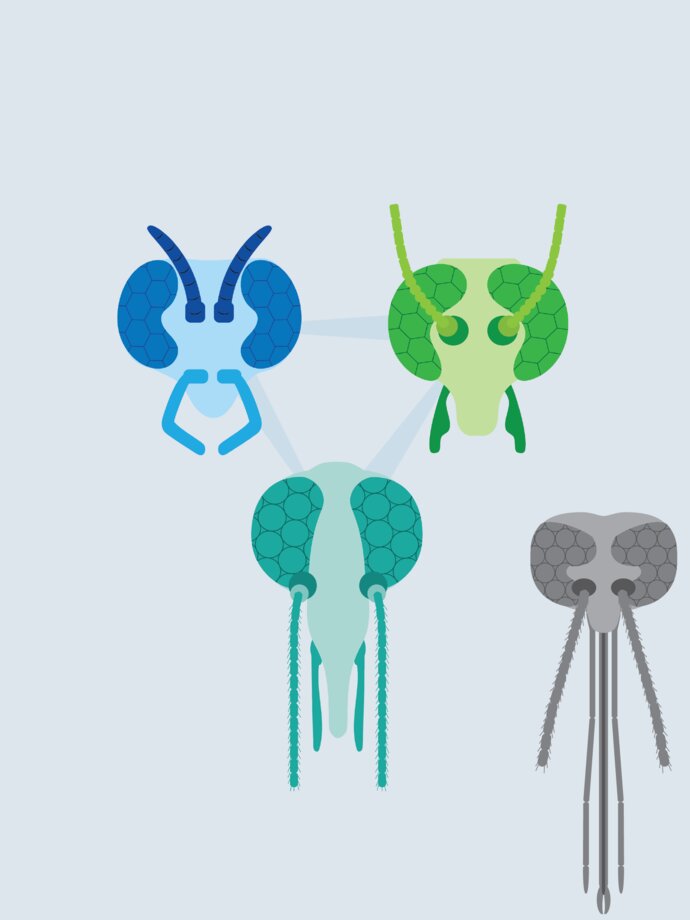
Dr
A.Sonia
Olmeda García
Ticks; Tick-Borne Diseases; Vector-Borne Diseases
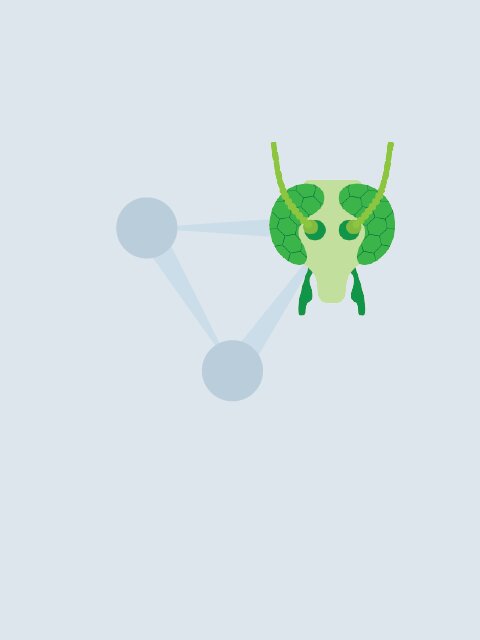
Professor
Daniel
Oluwayelu
Surveillance for zoonotic and emerging infectious diseases of livestock, companion animals and wildlife; viral discovery and ecology; arthropod-borne viral diseases of medical/veterinary importance.

Priscilla
Opare
Leishmania

Miss
Eliana
Ordoqui
Taxonomy, biology, ecology, vector competence and control of blackflies. I am working on a blackfly problems a long Salado river at Buenos Aires Province. I found 4 species of blackflies breeding in this river and closer chanels. One species, Simulium chaquense is a big problems for more than 1.500.000 people living in the area. I want to go deep in this problem trying to give some solutions to those people.

Dr
Mike Yaw
Osei-Atweneboana
My expertise are in the areas of medical entomology, parasitology and molecular biology. Applying these expertise my research interest involves exploring blackfly vector dynamics and transmission patterns of onchocerciasis and other Neglected Tropical Diseases (NTDs) to support the control of onchocerciasis and other NTDs and also determine the feasibility of onchocerciasis elimination in Ghana. Other research interest include the development of molecular diagnostic tools and genetic markers to determine the parasitological responses to antihelminthics and to understand the mechanisms of drug resistance.

Dr
Maha
Osman
My research interests are in the areas of molecular epidemiology of tropical diseases and identification of potential bio-markers for the diagnosis and control of diseases. In the area of tropical diseases I focus on control of leishmaniasis and malaria with particular interest on sandfly.

Professor
Chris
Oura
Vector borne viral diseases of animals and humans
Culicoides -borne viral diseases
Bluetongue virus, Oropouche virus and EHDV
One Health

Professor
Yusuf
OZBEL
Sand fly fauna, leishmaniasis epidemiology, sand fly identification tools

Dr
Nonito
Pages
My research interest rely on the role of arthropods in the transmission of pathogens of Veterinary and Public Health relevance.
My experience as entomologist is based on the study of biting midges and mosquitoes of the Palearctic and Neotropical regions. My main domains of expertise include vector taxonomy, genetic-barcoding, bloodmeal host identification, distribution and diversity of species communities, surveillance and epidemiology of vector-borne diseases and experimental infections of vectors to study vector-pathogen interactions.

Mr
ARJUN
PAL
I work on molecular taxonomy of Culicoides spp to elucidate species complexes.

Professor
CHIRANJIB
PAL
Development of prophylactic/ therapeutic leads against visceral leishmaniasis.
Transmission biology of leishmaniasis.
Leishmania-sandfly interactions.
Influence of non-vector bite on the transmission of vector-borne infectious diseases.
Vector gut-microbiota

Dr
Claudia
Paredes-Esquivel
Vector-borne pathogens, PCR-based diagnostics, Parasites, Molecular phylogenetics, population genetics
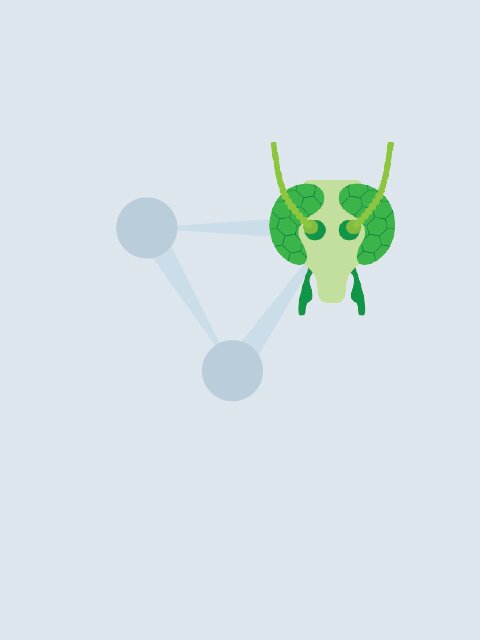
Anca
Paslaru

Miss
Gabriela
Passos

Dr
Nilotpol
Paul
Biology and taxonomy of Biting Midges, specially immature taxonomy, egg taxonomy of Culicoides

Miss
Patrícia
Paulino

Dr
Angélica
Pech-May
Genetic diversity, populations genetics and phylogeography in Phlebotomine sandflies
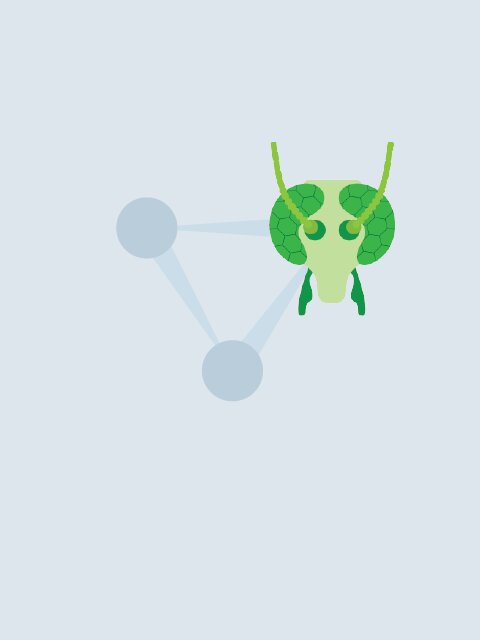
Miss
Sarah
Peers
age grading Culicoides

Dr
Renato
Pereira de Souza
Graduated in Biological Sciences, with bachelor's degree from the University of São Paulo (1997). PhD in Sciences in the Epidemiology concentration area, Faculty of Public Health, University of São Paulo (2013). He is currently Scientific Researcher VI of the Adolfo Lutz Institute at the Regional Laboratory Center XII - Taubaté. I have been acting mainly in the phylogenetic analysis and molecular evolution of zoonotic pathogens, developing research in molecular epidemiology, phylogeography and philodynamics. I am interested in the ecology of arboviruses, hantaviruses, arenaviruses, leishmaniasis, trypanosomiasis and malaria, studying the geographical distribution of vectors and reservoirs and the development of spatial distribution models such as ecological niche modeling. I am also interested in understanding the ecological, virological and molecular factors behind the emergence of new pathogens and the process of pathogen sharing between animals and humans.
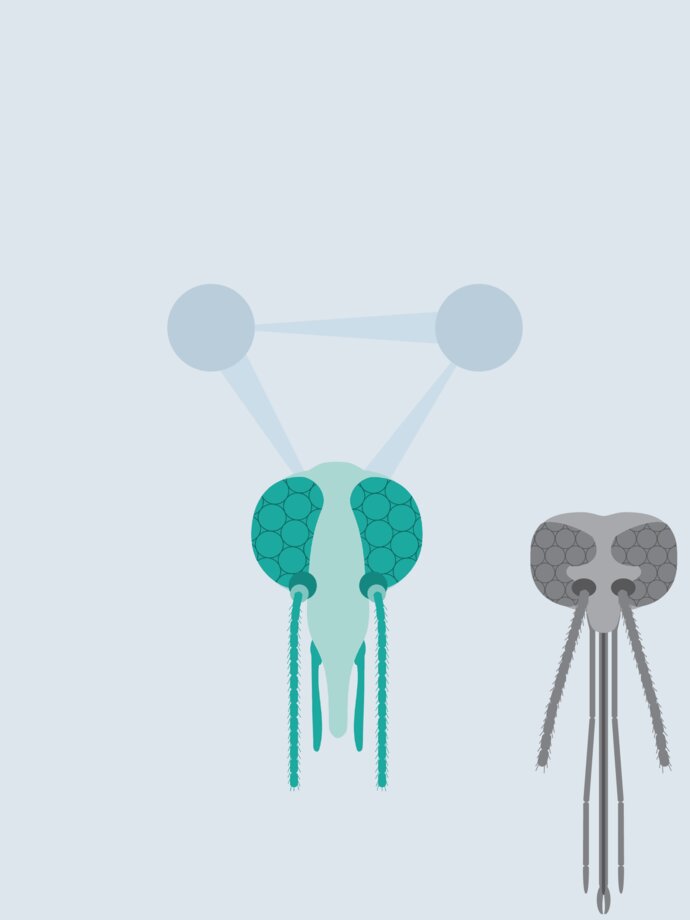
Dr
Poppy
Pescod
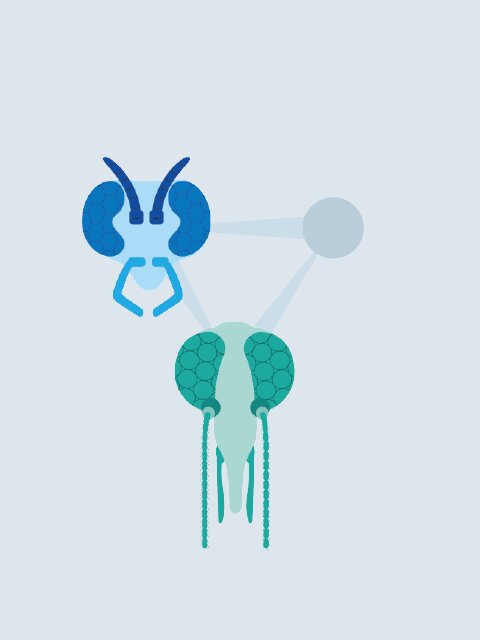
Dr
Yoenten
Phuentshok
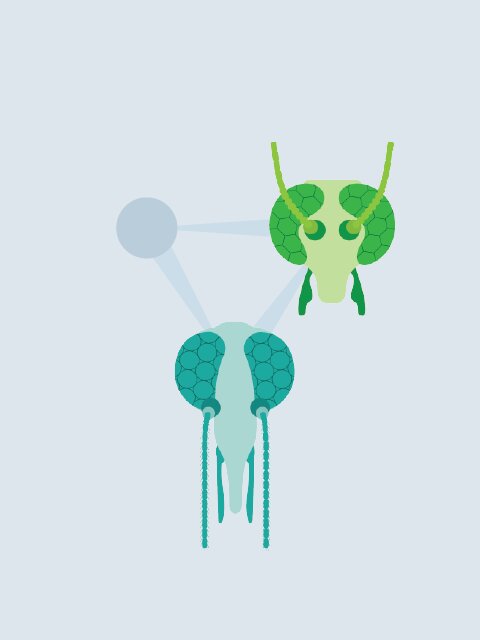
Professor
john
pickett
Chemical ecology of haematophagous insects including chemical characterisation of natural signals mediating behaviour and development e.g. the first identification of mosquito and sandfly pheromones and developing sustainable production systems for their use, particularly of pheromones and host related attractants and repellents.
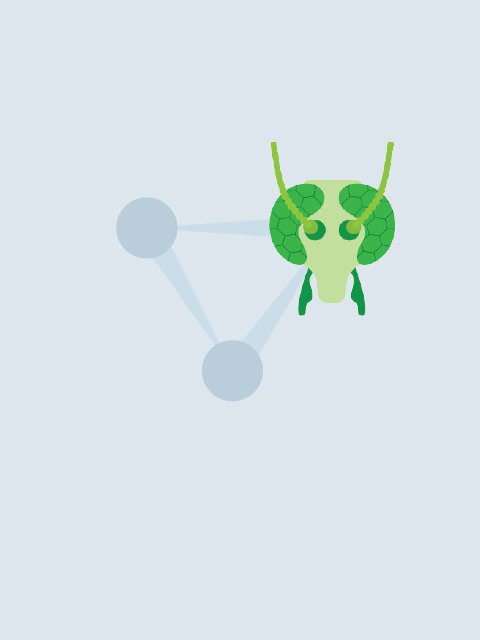
Mr
Jack
Pilgrim
veterinary entomology, endosymbionts, epidemiology

Mr
SOUMABROTA
PODDAR
Many districts in West Bengal are endemic for Kala-azar. The number of cases are rising every year. Despite of performing Indoor Residual Spray in the endemic areas, there are abundant sandflies found during the post-IRS entomological survey. The reason behind this can be attributed to their change in habitat & resting places, increasing resistance against insecticides, poor management of patients leading to increased transmission of the disease and many more to discover. if these problems are addressed, will lead to change in the guidelines in the management of sandflies in an effective way.
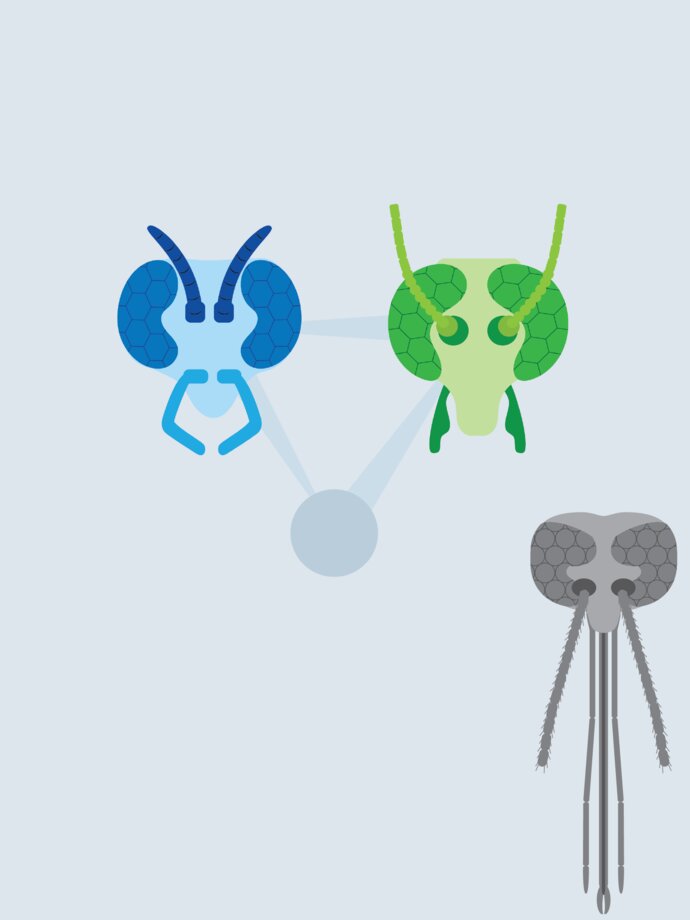
Catherine
Poole
Diagnostic and chemotheraputic targets of filarial parasites. In addition, I am interested in the intersection between the nematodes and insects: the molecular systems nematodes have evolved in order to use insects as vectors as well as the mechanisms insects use to minimize infection by parasites.